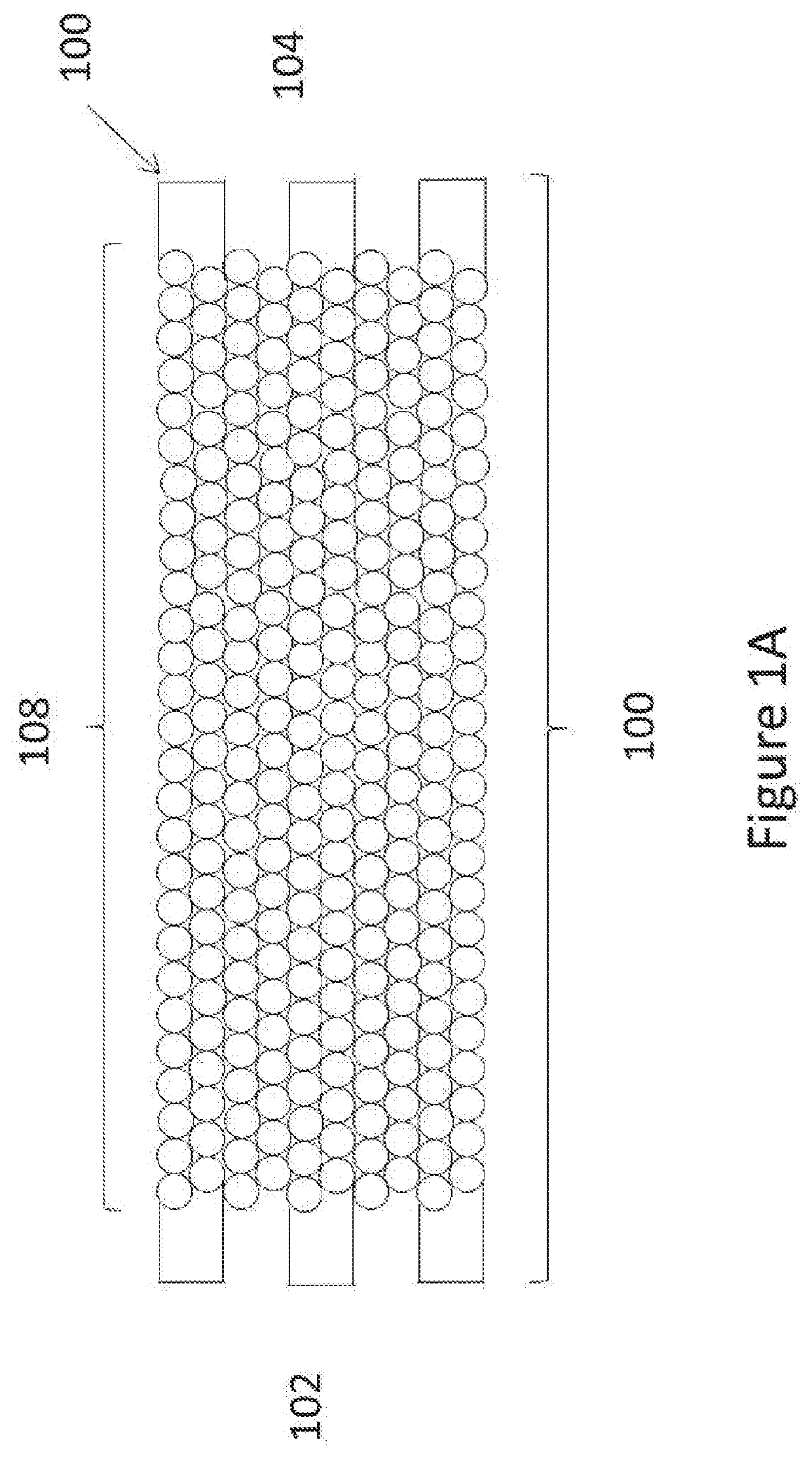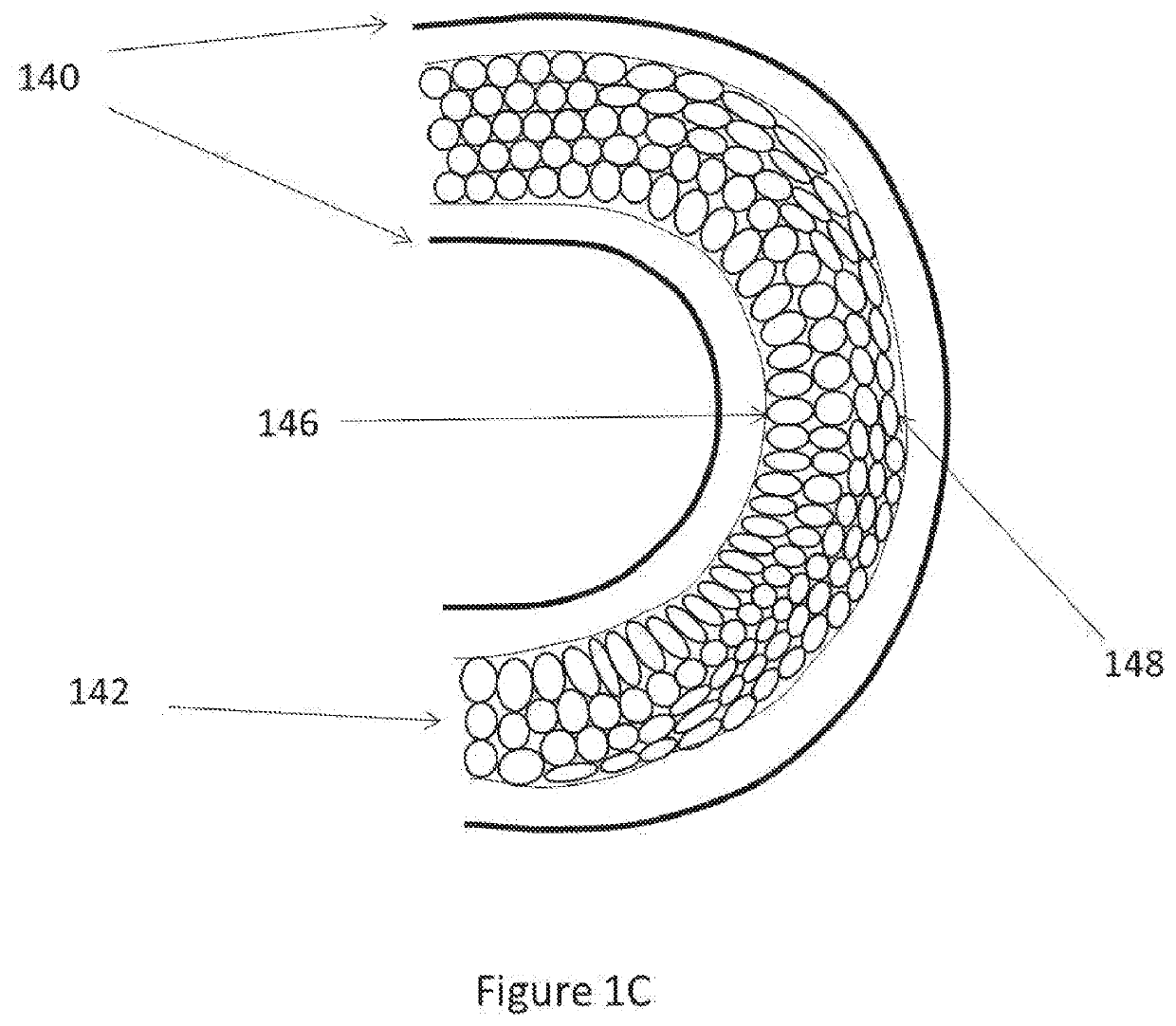Vascular occlusion devices utilizing thin film nitinol foils
a technology of nitinol foil and vascular occlusion, which is applied in the field of neurovascular aneurysm treatment methods and devices, can solve the problems of reducing the quality of life and independence, increasing direct costs for healthcare and daily living, and affecting the patient's physical and social life, so as to reduce the blood flow pattern of the aneurysm, shorten the time frame, and reduce the impact of physical strain
- Summary
- Abstract
- Description
- Claims
- Application Information
AI Technical Summary
Benefits of technology
Problems solved by technology
Method used
Image
Examples
example embodiments
[0081]The following example embodiments identify some possible permutations of combinations of features disclosed herein, although other permutations of combinations of features are also possible.
[0082]1. A deployable occlusion device for filling an aneurysm, the occlusion device comprising:[0083]a support structure comprising a wire; and[0084]a mesh component comprising a porosity, the mesh component comprising a first end portion and a second end portion, the first end portion being attached to the support structure and the second end portion being a free end, the mesh component extending radially outward from the support structure.
[0085]2. The occlusion device of Embodiment 1, wherein the mesh component is configured to transition between a compressed state and an uncompressed state, the mesh component forming a coil in the uncompressed state.
[0086]3. The occlusion device of Embodiment 2, wherein in the compressed state, the mesh componentis wrapped around the support structure.
[...
PUM
 Login to View More
Login to View More Abstract
Description
Claims
Application Information
 Login to View More
Login to View More - R&D
- Intellectual Property
- Life Sciences
- Materials
- Tech Scout
- Unparalleled Data Quality
- Higher Quality Content
- 60% Fewer Hallucinations
Browse by: Latest US Patents, China's latest patents, Technical Efficacy Thesaurus, Application Domain, Technology Topic, Popular Technical Reports.
© 2025 PatSnap. All rights reserved.Legal|Privacy policy|Modern Slavery Act Transparency Statement|Sitemap|About US| Contact US: help@patsnap.com



